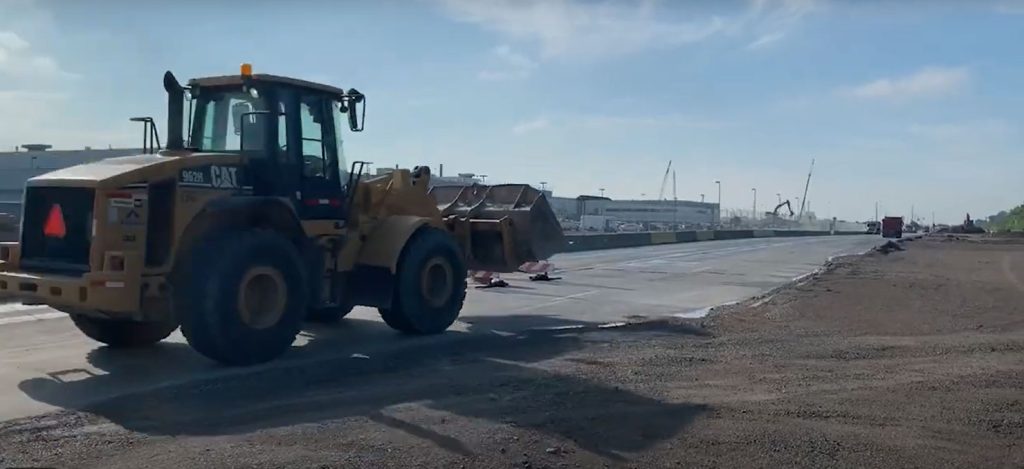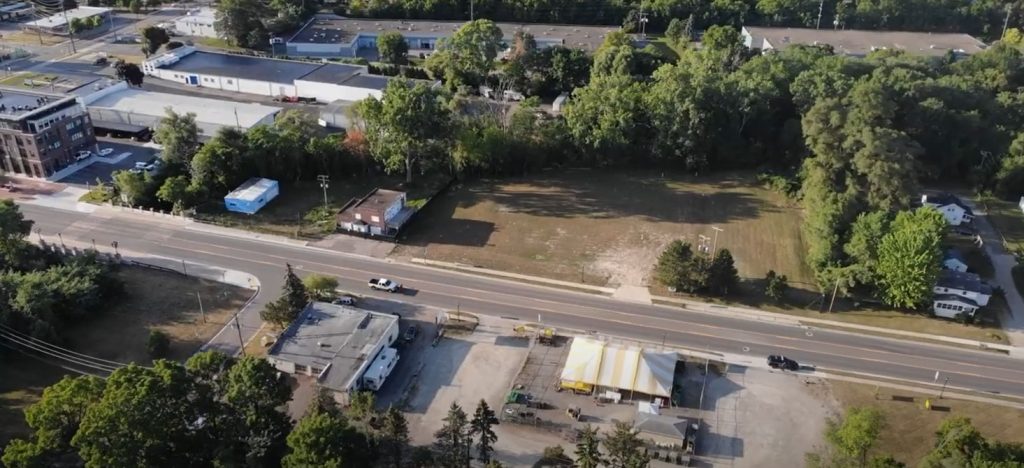AKT Peerless Environmental Services is the leader in environmental consulting and redevelopment. We offer services including...
AKT Peerless Environmental Services is the leader in environmental consulting and redevelopment. We offer services including Phase 1 Environmental Site Assessment, Phase 1 Assessment, Phase 2 Environmental Site Assessment, Environmental Remediation, Soil Remediation, Brownfield Development, Brownfield Consultant, California Home Act, Sb-9 California, Environmental Services, Environmental Consultant, Environmental Firm, Soil Contamination Testing, Environmental Contamination, Due Diligence Environmental, Due Diligence Phase 1, Due Diligence Phase 2, Landfill Services, Gas Station Testing, Underground Storage Tank, Vapor Intrusion, Property Condition Assessment, Construction Loan Monitoring, and more. We service Atlanta GA, Chicago IL, Springfield IL, Naperville IL, Rockford IL, Peoria IL, Indianapolis IL, Columbus OH, Dayton OH, Cincinnati OH, Cleveland OH, Youngstown OH, Detroit MI, Manistee MI, San Francisco Bay Area, New Haven CT, Cheshire CT, Grand Rapids MI, Coopersville MI, Farmington MI, Saginaw MI, Los Angeles CA, Riverside CA, San Bernadino CA, San Jose CA, Palo Alto CA, St. Louis MO, Madison WI, Pittsburgh PA, Fort Wayne IN, Roswell GA, Alpharetta GA, Marietta GA, Smyrna GA, Gainesville GA, Newnan GA, Mableton GA, Tucker GA, Peachtree City GA, Kennesaw GA, Douglasville GA, and surrounding areas.
The contents of this webpage are Copyright © 2025 AKT Peerless Environmental Services. All Rights Reserved.
Website & SEO By: MI Digital Solution






